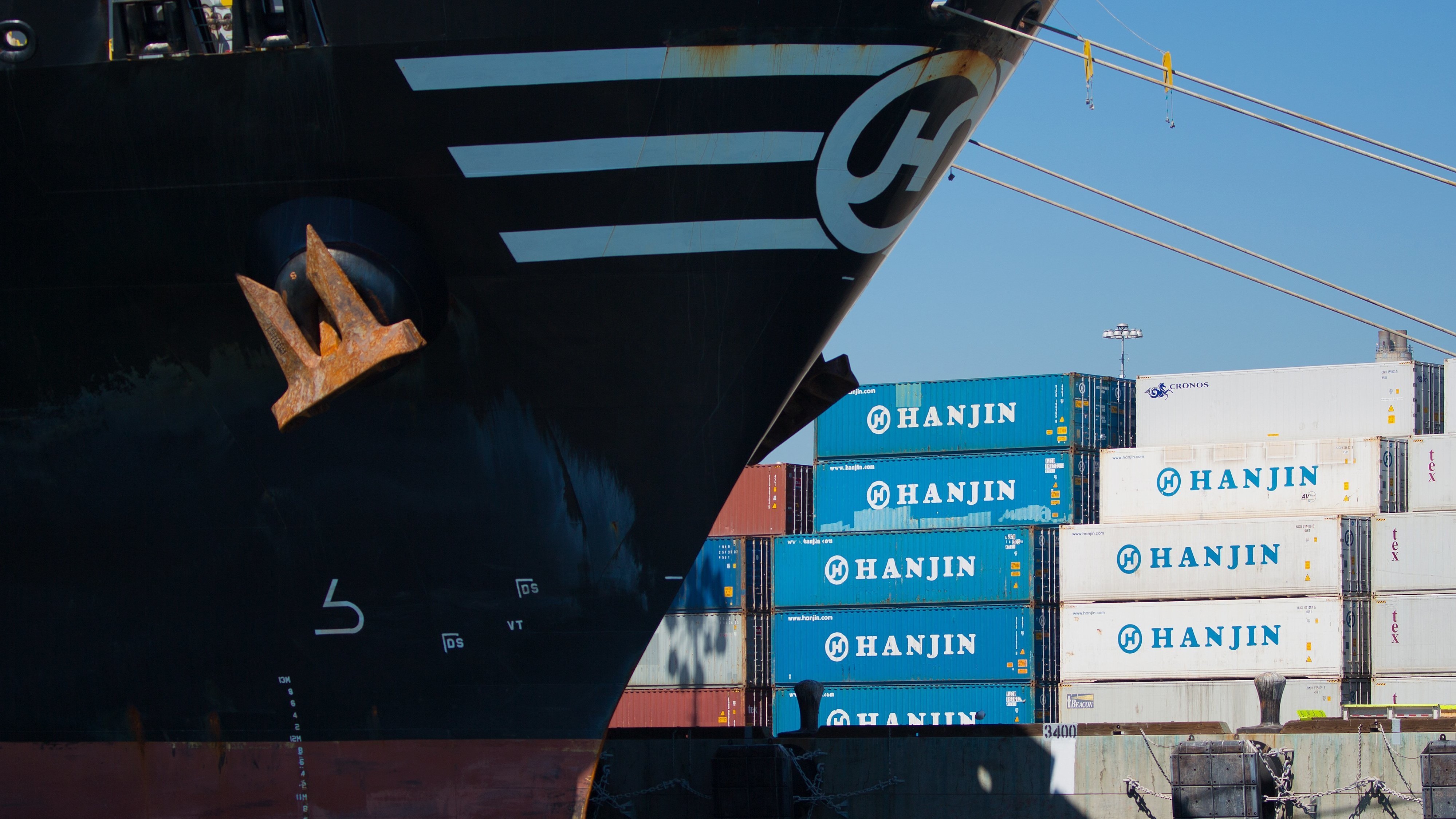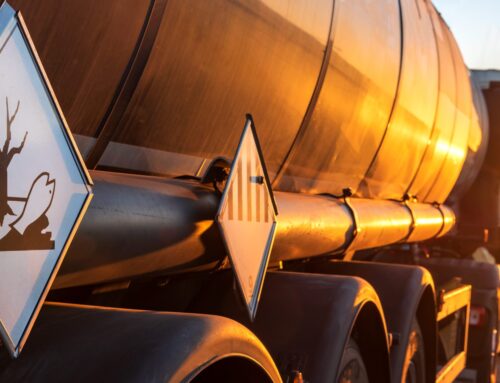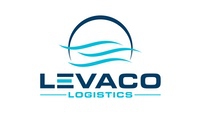Financial vulnerable Container Carriers facing tough times while IMO 2020 costs mount up
Rising demand and improved freight rates in the second half of last year enabled ocean carriers to return a consolidated profit of $1.5bn for the year, according to Drewry’s latest Container Forecaster report.
With all the major carriers that publish their financial results now having reported, the container lines were able to turnaround a deficit of some $2.2bn in the first two quarters into a positive full-year result.
Fuel pricing face an increase of 50%
However, it will only take another spike in oil prices or a rate war to push even profitable carriers back into the red this year. And much greater damage would be inflicted on last year’s unprofitable carriers, such as HMM ($720m in the red) and Yang Ming ($219m).
Moreover, the upcoming IMO low-sulphur regulations, which could see fuel prices jump 50%, will put more pressure on what Drewry describes as “financially vulnerable carriers”. Indeed, at an expected premium of $200 per ton on compliant fuel, it has been estimated that this could add some $2.5m of cost to an average Asia-North Europe roundtrip, plunging a profitable loop into the red, unless the carriers receive adequate compensation from their customers.
Container Carriers have not fully recovered from the global financial clash
Some of these extra costs will hit the balance sheets of carriers this year, as lines need to prepare for compliance on 1 January 2020 by replenishing some of their tanks with low-sulphur bunker in the final quarter. For example, Hapag-Lloyd has estimated that preparation for IMO 2020 will add $75m-$100m to its budget this year.
The consultant speculated on the possibility of weaker carriers being “pushed into M&A by the extra costs associated with the new low-sulphur law”. Noting that the industry has still not fully recovered from the global financial crash, Drewry said: “As the deadline for the IMO 2020 mandate draws nearer, carriers are inevitably getting jittery about its overall impact.”
M&A scenario’s might offer some container lines a future survival
It asked: “Are [the carriers] in a position to deal with myriad extra associated costs, such as unrecoverable BAFs, capex to install scrubbers and extra funding for bunker credit, among others?” Drewry said that, “without wanting to be too alarmist”, the fallout from IMO 2020 “could inspire another major carrier bankruptcy”, while another potential route for the industry would be to “trigger more defensive M&A” activity among the carriers.
It said: “It could turn out that the IMO will inadvertently push industry consolidation along, closer to where it needs to be in order to achieve sustainable profitability.” The last round of M&A in the liner industry started with the merger of COSCO and CSCL in 2016, the year that saw the demise of Hanjin Shipping, and finished with the merger of Japanese carriers K Line, MOL and NYK into the Ocean Network Express (ONE), 12 months ago. Seven lines now control some 75% of the world’s deepsea containership fleet, noted Drewry.
National Lines are preferred partners for so called nationality merging
Looking into its crystal ball, the consultant considered some “fantasy transactions” in the industry: for instance, Cosco buying niche operator PIL; deals based on common nationality merging Taiwanese lines Evergreen, Yang Ming and Wan Hai; and bringing together South Korean carriers HMM and SM Line.
Meanwhile, the carriers themselves are split on whether they believe M&A activity will continue. The chief executive of Maersk answered such a question at last month’s TPM Conference in Long Beach in the affirmative, while Rolf Habben Jansen, CEO of Hapag-Lloyd, told a breakfast meeting at the same event he thought consolidation had “probably reached its limit”.







